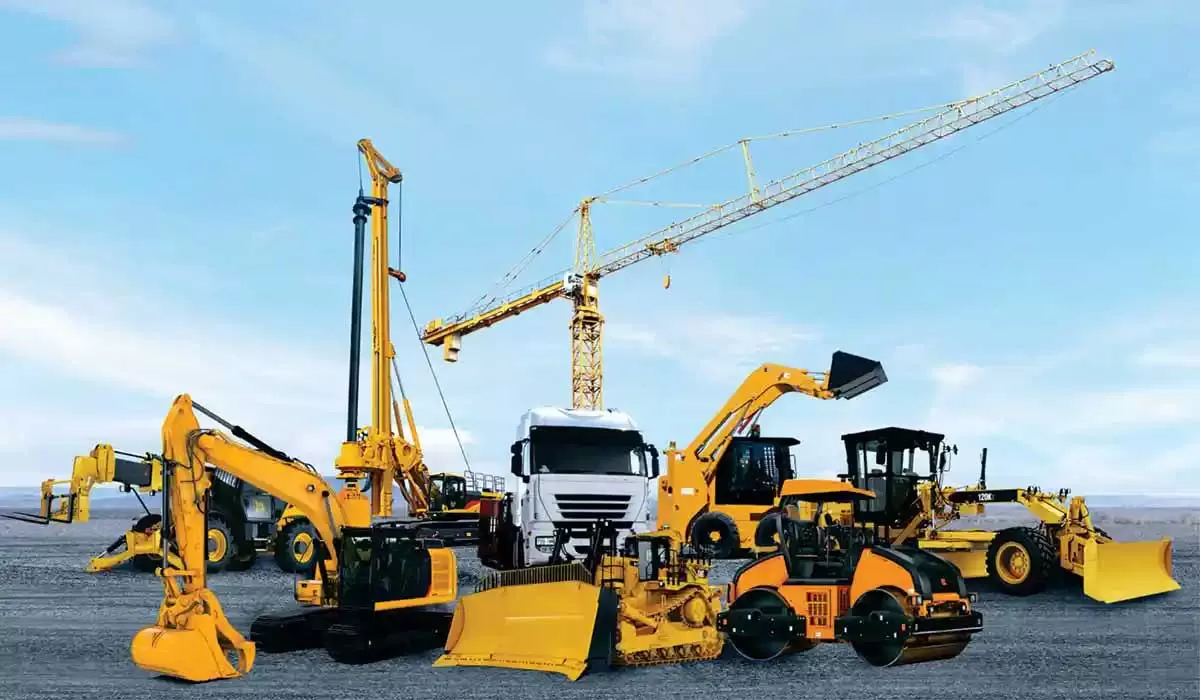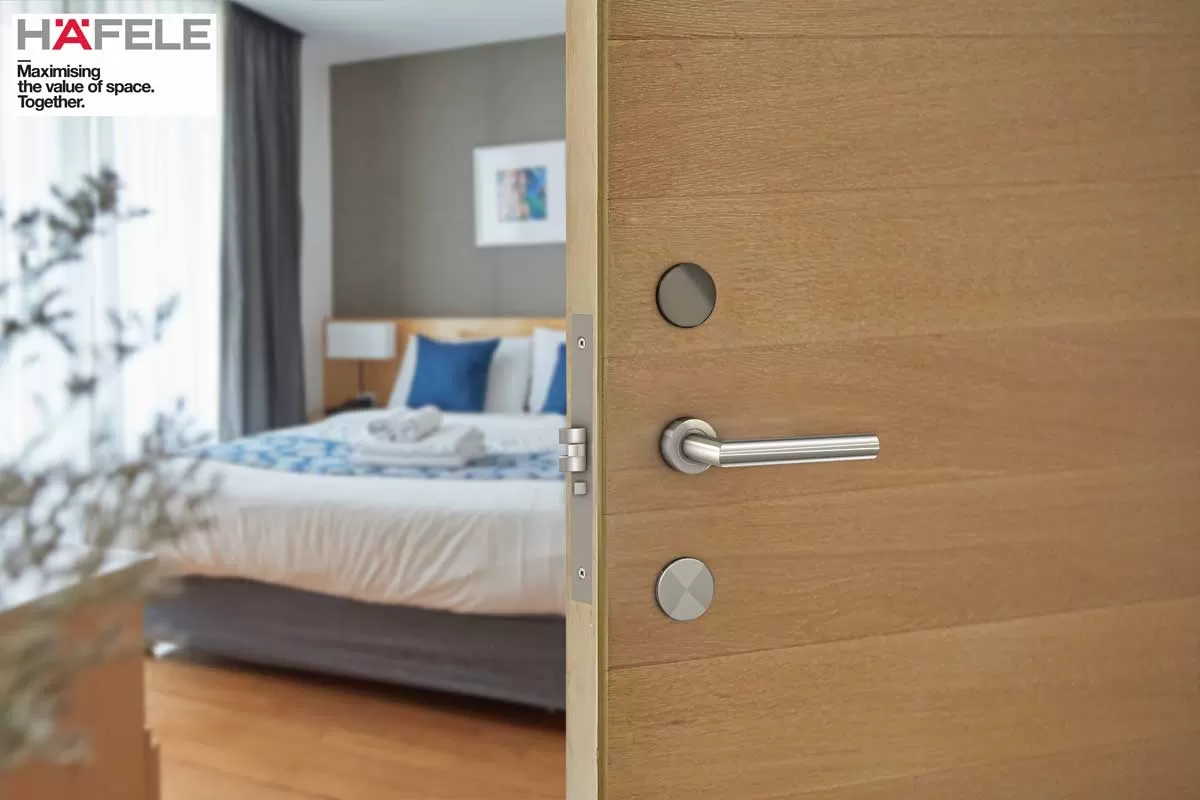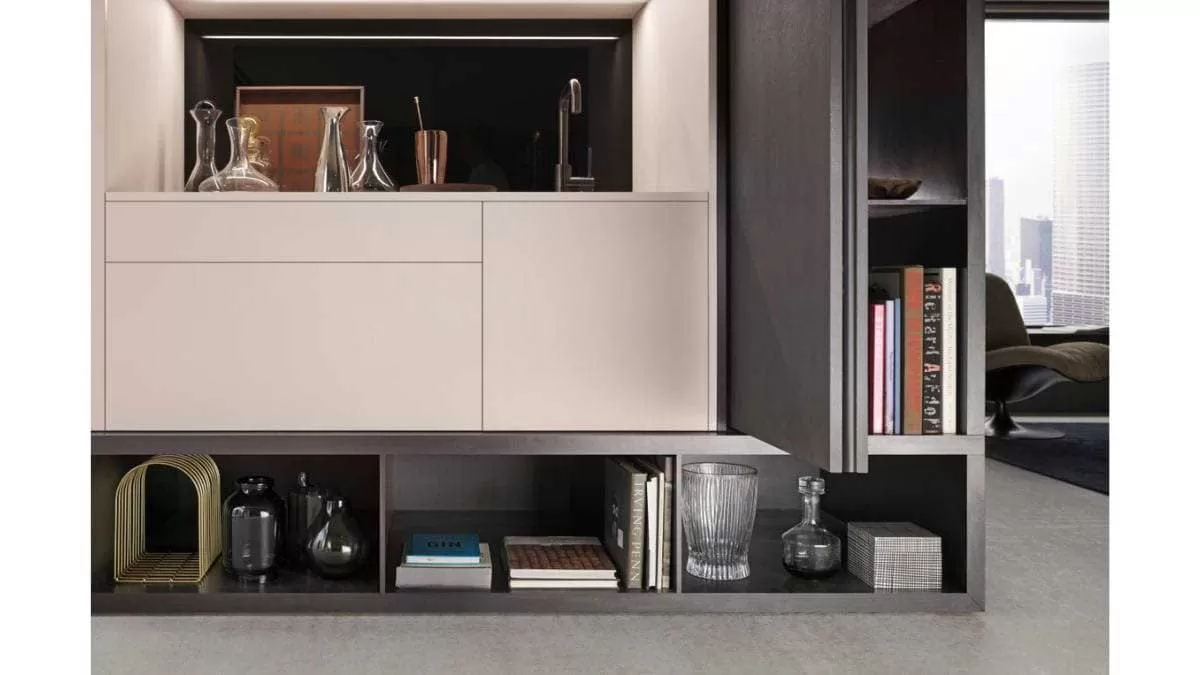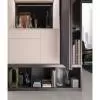
Procurement: Seismic Shift!
Read full article
CW Gold Benefits
- Weekly Industry Updates
- Industry Feature Stories
- Premium Newsletter Access
- Building Material Prices (weekly) + trends/analysis
- Best Stories from our sister publications - Indian Cement Review, Equipment India, Infrastructure Today
- Sector focused Research Reports
- Sector Wise Updates (infrastructure, cement, equipment & construction) + trend analysis
- Exclusive text & video interviews
- Digital Delivery
- Financial Data for publically listed companies + Analysis
- Preconceptual Projects in the pipeline PAN India

CE Industry Sees Robust Growth in Domestic and Export Sales: ICEMA
The construction equipment industry has experienced its highest sales volumes in three years, driven by increased government spending on infrastructure projects. Domestic and export sales have surged significantly in the April-December 2024 period, according to the latest data from the Indian Construction Equipment Manufacturers' Association (ICEMA).During the first nine months of the current fiscal year, the industry sold 98,970 units, a 5% increase from the 94,685 units sold during the same period in 2023, and a 34% rise from 73,795 units in 2022.Exports also reached a three-year high, with ..

Prolock, PL200 Access Control System by Hafele
Prolock, the electronic access control and identification system by Hafele makes it simpler to organize effective procedures for hotels, providing maximum convenience for guests and operators. This system replaces your old room keys with keyless access that allows you to integrate all of your own and your guest’s security needs into one stylish, energy efficient and reliable package. Easily scalable access points, any number of users and locking plans coordinated with individual requirements, in combination with our comprehensive on-site service, bring to life a customized access control man..

Blum's Pocket Systems for New Space Concepts
Blum's REVEGO, the new pocket system, provides a seamless solution for large cabinet fronts, concealed kitchen units, and complete living areas as per your needs. This innovative design not only offers versatile options but also ensures easy planning and assembly, enhancing overall usability. More and more people are combining their kitchen, dining, living, and working areas into one contemporary open-plan space. With increasing urbanisation and more densely populated metropolitan areas, the living spaces of the future are also likely to be smaller. The pocket systems from Blum open up brand-..














